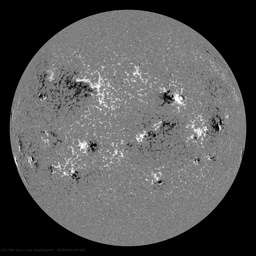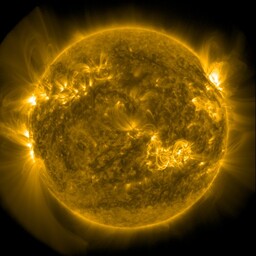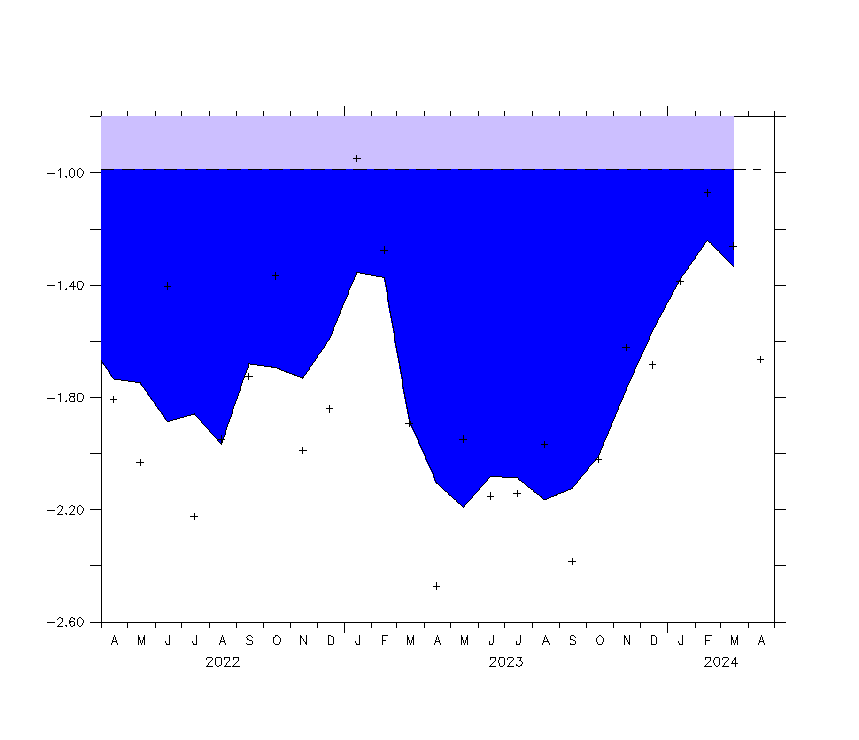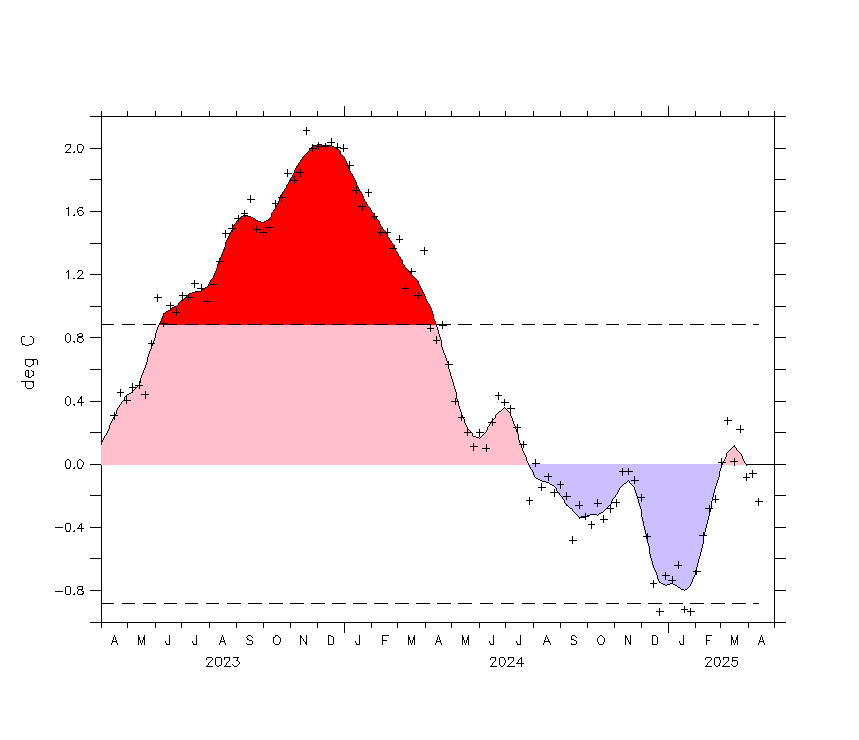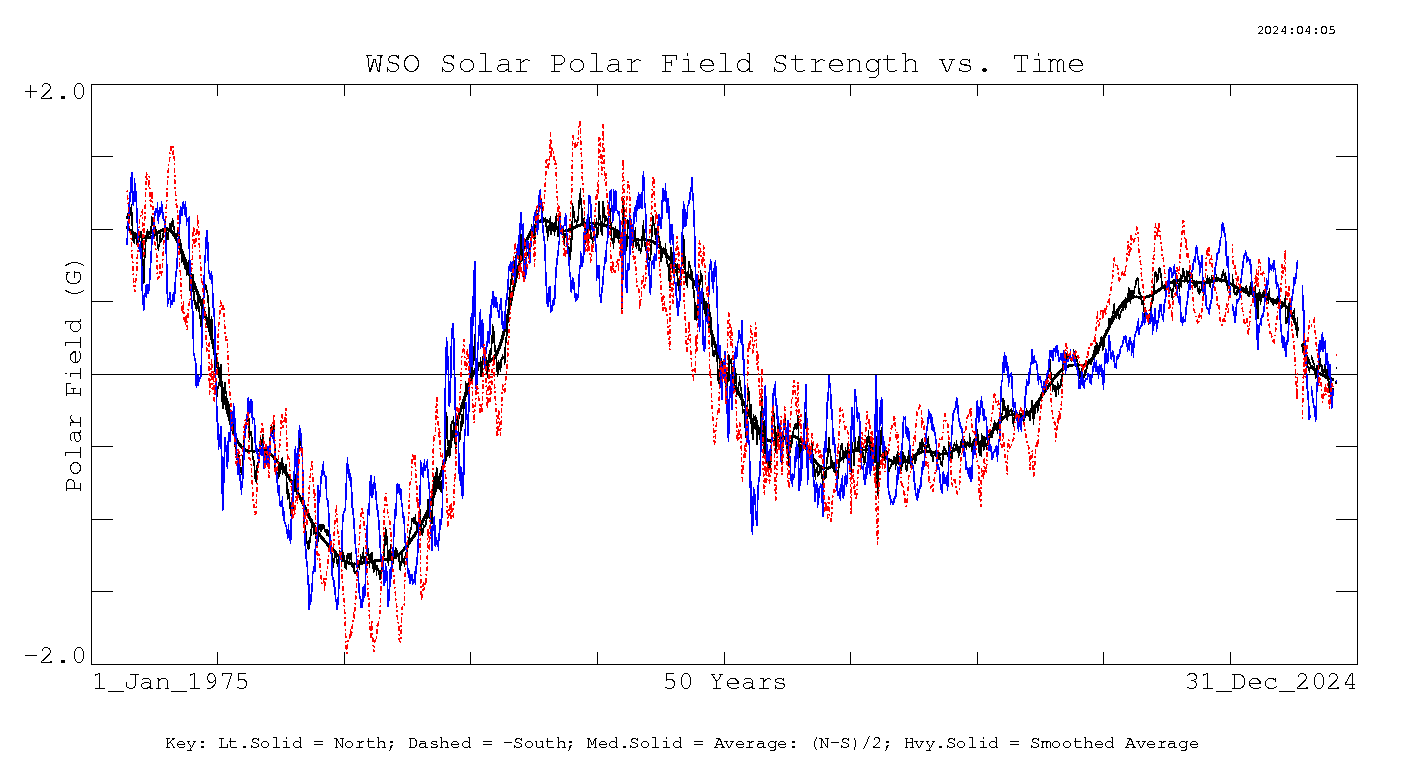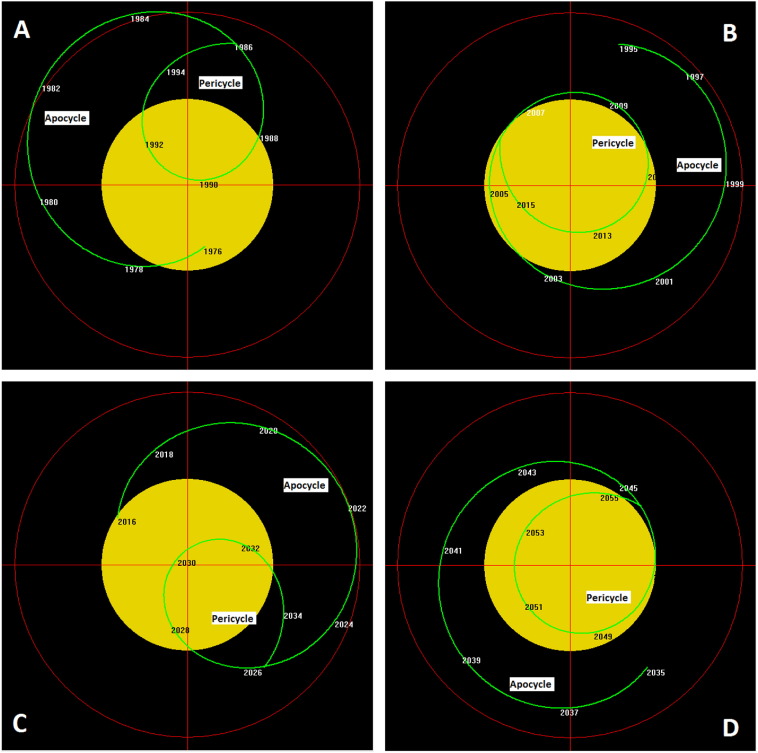
Nicola Scafetta has a new paper out that looks at the Hallstatt cycle over the Holocene. The Hallstatt cycle is a quasi cycle that centres between 2100-2500 years when looking at grand minima over the Holocene.
A link to his paper can be found HERE.
It has been well established for many years that a quasi 2100-2500 year deep grand minima cycle exists in the C14 and 10Be solar proxy record that exists over the Holocene (past 11,500 years). 14C and 10Be are isotopes that are formed in the top of our atmosphere from collisions with Intergalactic rays generated from Supernova explosions throughout the Universe. These isotopes get taken up by trees or deposited in ice at the poles and provide a mostly reliable source of info on how the Sun's activity changed over the Holocene. During times of grand minima the solar wind is weaker and allows more galactic rays into our solar system (isotope graphs are inverted).
The following graph is the 14C record that shows clearly the large deep groups of grand minima (that stand out from smaller grand minima) that form Little Ice Age clusters like seen between 1250 and 1850 AD.

Nicola has looked at the solar orbit around the SSB and noticed there is a 2318 periodicy in the eccentricity of the individual orbits (Pericycle and Apocycle) which looks to somewhat closely follow the Hallstatt cycle. I think the Hallstatt cycle and what Nicola has found are two distinct sets of data that are NOT related but perhaps come close when looking at a 4627 year cycle.
This graph shows the solar distance from SSB for 20,000 years and shows the solar system pump that Nicola talks about.

The red dots show the peak excursion of the solar outer loop orbits when the outer 4 are in grand conjunction every 4627 years. The secondary lower peaks are the Hallstatt type peaks where the Grand conjunction doesn’t quite happen in the middle of the 4627 year cycle.
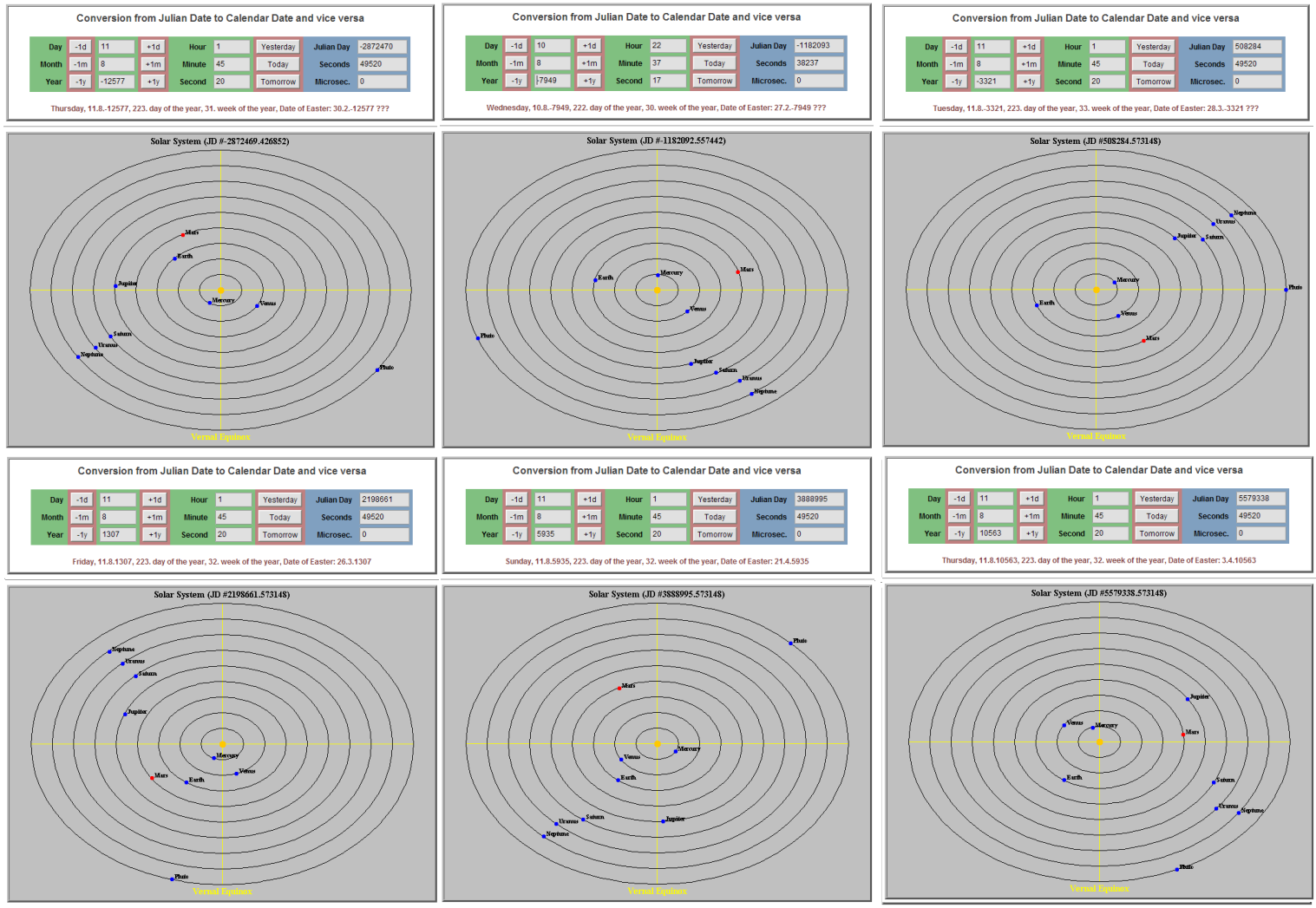
Grand minima are not associated with the peaks or troughs of the Sun's movement away from the SSB (that was Landscheidt’s error) But the major LIA events are centered about one U/N conjunction away from the Grand Conjunction (every 4627 years starting at 1307AD, it could be said that the LIA started within 20-30 years of the Grand conjunction). There is also another LIA event in the 4627 year cycle of the outer 4 but it is offset 2100 and 2500 years.
The accuracy of the 4627 cycle is quite good with Jupiter moving away from the other 3 about 2 deg over this period (the JPL data is more accurate than the solar system viewer shown above). If I plot the solar distance from the SSB for 600 years and then move forward 4267 years and plot the same timeframe and then do it again it can be seen the paths are almost identical. This does not happen if I move forward 2318 years.
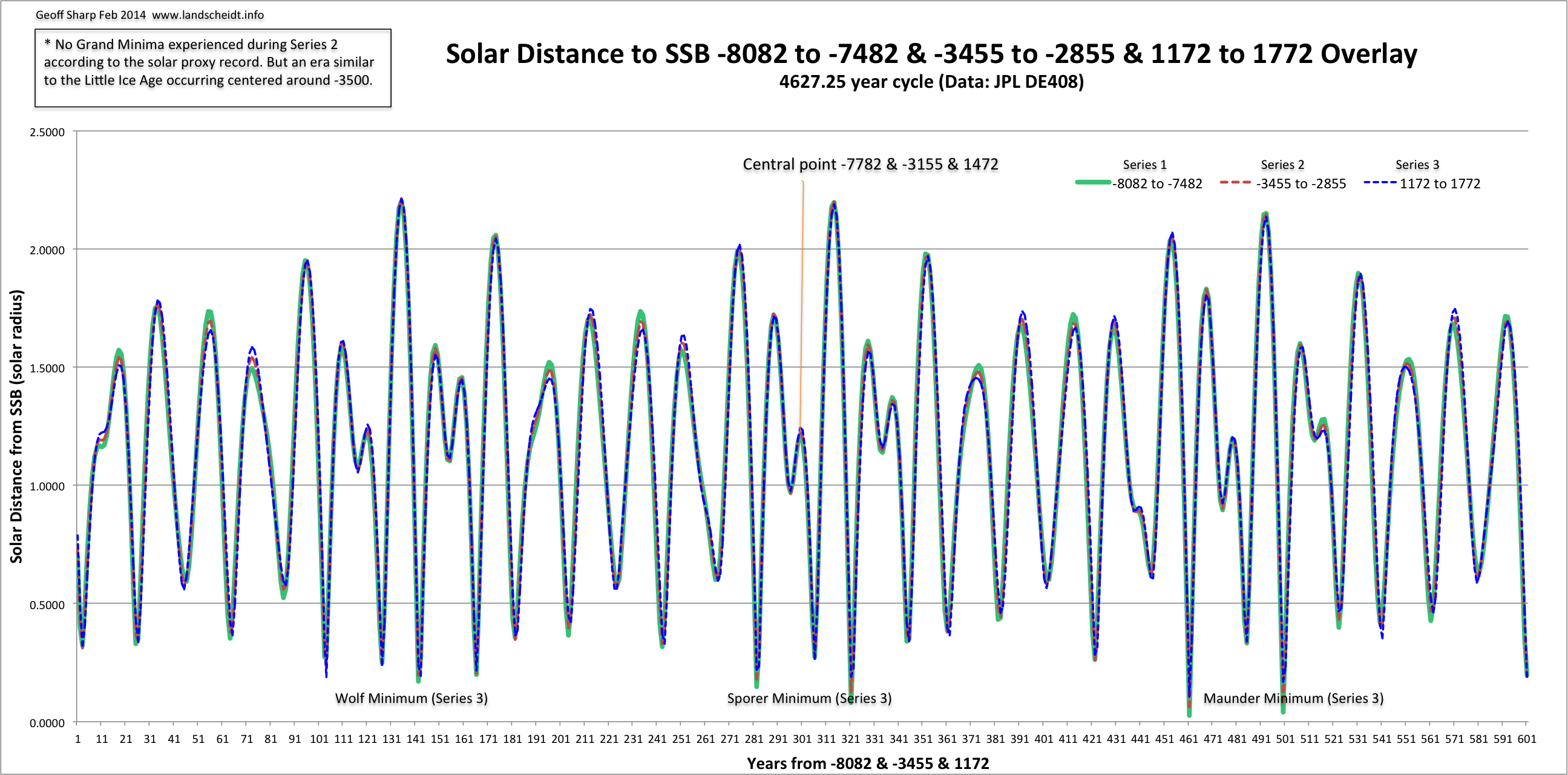
The C14 and 10Be records show the 2100-2500 year Hallstatt cycle as its based on grand minima and the Barycentre data shows a more balanced cycle (2318 years) because its based on the grand conjunctions. Grand minima occur when Jupiter Uranus and Neptune are together with Saturn opposite (AMP event) and these individual positions repeat almost exactly every 4627 years as shown (although there appears to be a 340 year error in the Dendrochronology record). The AMP event does not repeat every 2318 years, so if we are looking for a 2318 pattern in solar grand minima it just isn't there.
For me the best cycle is the 4627 year cycle because every U/N conjunction sees J/S in a unique position. There looks to be a repeating pattern of grand minima every 4627 years but not every 2318 years, but there is a repeating pattern of Solar movements, orbital eccentricity etc every 2314 years that has a slightly less higher peak every 2nd peak. That being so there is no logic to suggest the next LIA age event will take place around 2800 AD?
If you want to see our future its just a matter of looking back 4627 years on the Holocene graph (see above).
UPDATE 28th Sept 2016:
After reading Nicola's paper I noticed the 14C record he was using (INTCAL04) looked very different to the INTCAL98 version I have been using. There have been several updates to the radiocarbon record but the upgrade to INTCAL04 is by far the biggest when looking over the Holocene. The update is major with the Holocene record being re written, the differences are quite large. They have a resolution of 1 record every 5 years now instead of 10 but there is much smoothing going on and some questions to be asked. It seems the Wolf minimum is now much deeper and longer than the Sporer which doesn't seem right and the depth of the large grand minima is reduced. Also the large plateau at 2000BC now looks more like a long grand minimum instead of an era that has no major AMP events.. but the big changes as far as I'm am concerned is the re writing of the German Dendrochronology record around 3200BC - 2600BC. This is the area that I have always questioned as the planet positions go out of sync in this area, we should see another LIA at around 3155BC if the 4627 year pattern is to repeat.
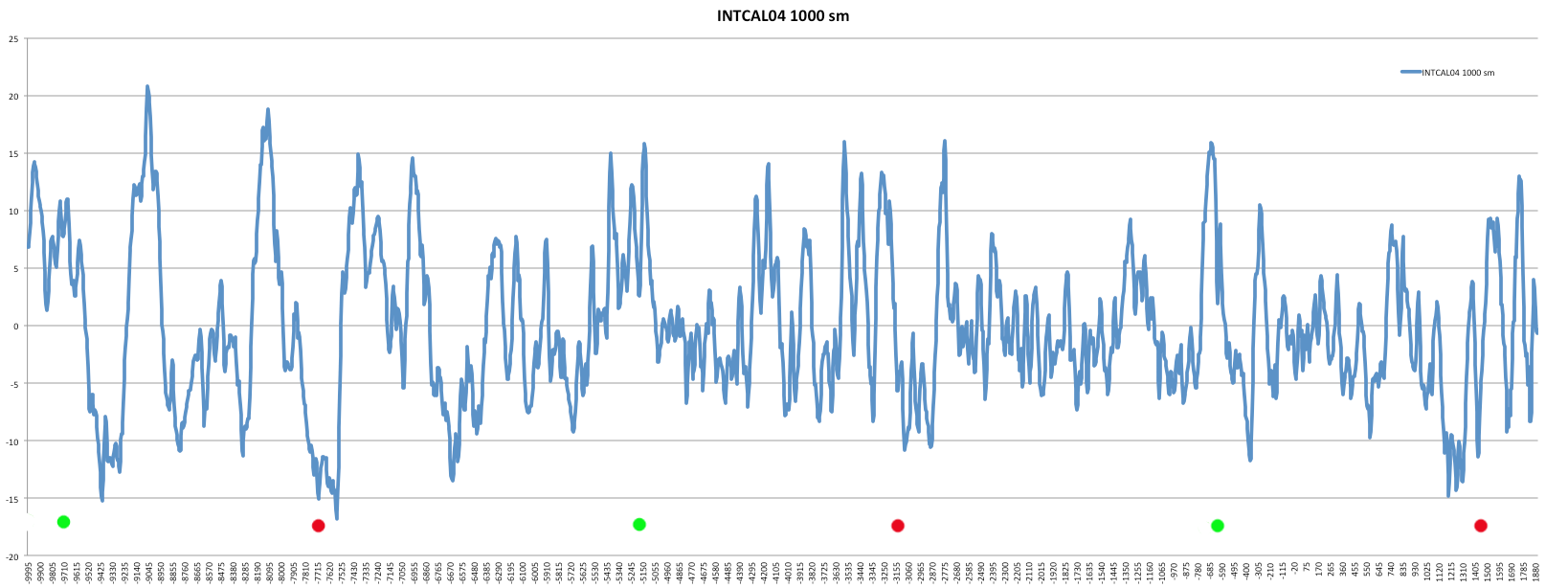
The red dots are from the right the centre of the LIA at 1472 and then separation of 4627 years. So now the major LIA events ARE separated by 4627 years which should be a big boost for my theory. The green dots show the smaller LIA events that come between, but this data perhaps is not quite so convincing. I still think we have a long way to go before we can say the 14C solar proxy record is anywhere near correct.
UPDATE 5th Oct 2016:
A very recent version of the solar proxy record by Adolphi & Muscheler (2016) which combines the C14 and 10Be records and perhaps gets the scaling of the solar events more correct. The base records are INTCAL13 & GRIP.
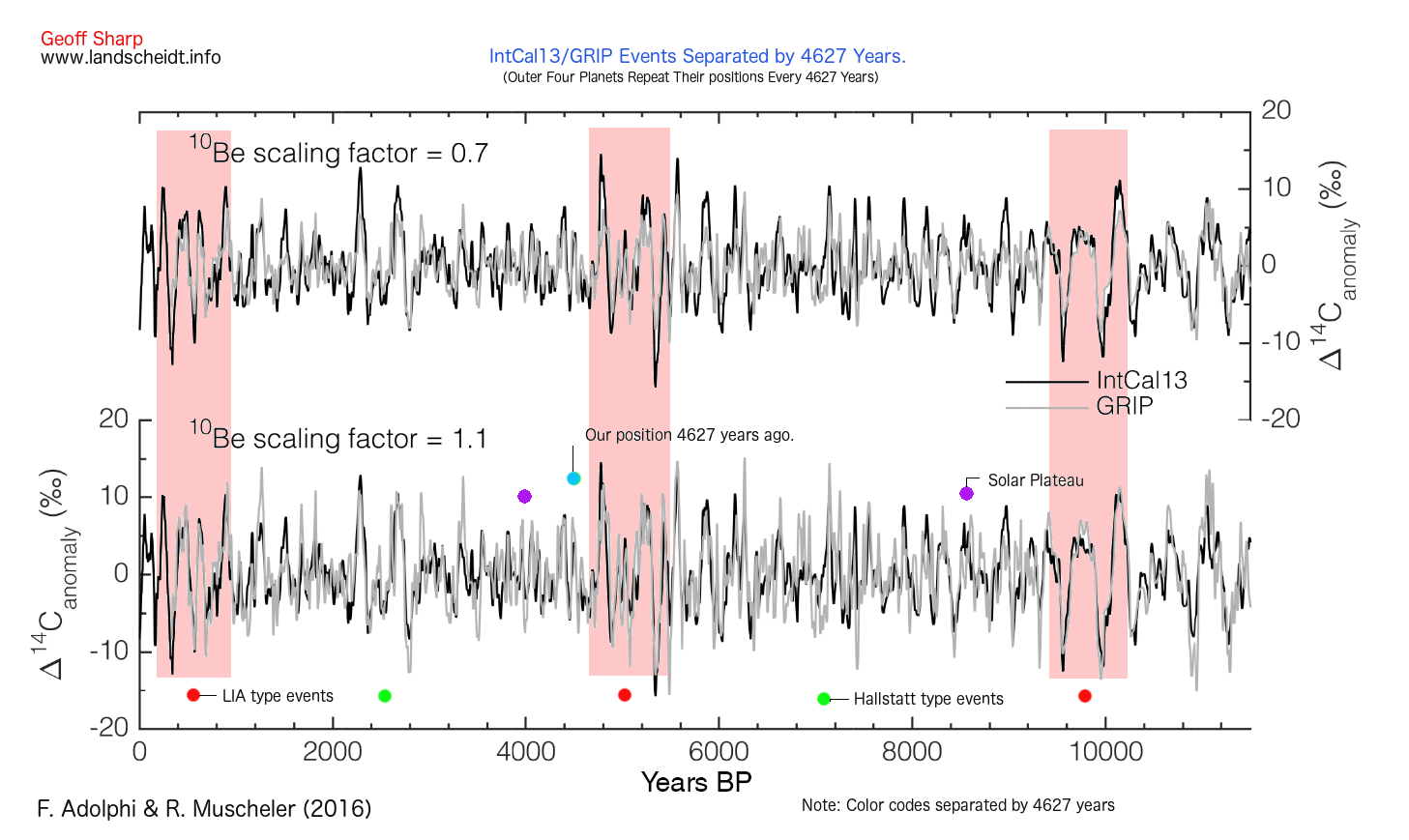
The left to right direction is in reverse to the previous graph.
The top graph with 0.7 scaling factor best shows the higher peaks and troughs that occur during the LIA and Hallstatt type events. The data shows us that the taller peaks occur when the outer four are experiencing grand conjunctions and the deeper troughs are when the J/U/N with S opposite position is strongest. Both these events cluster together, but not quite at the same time.


